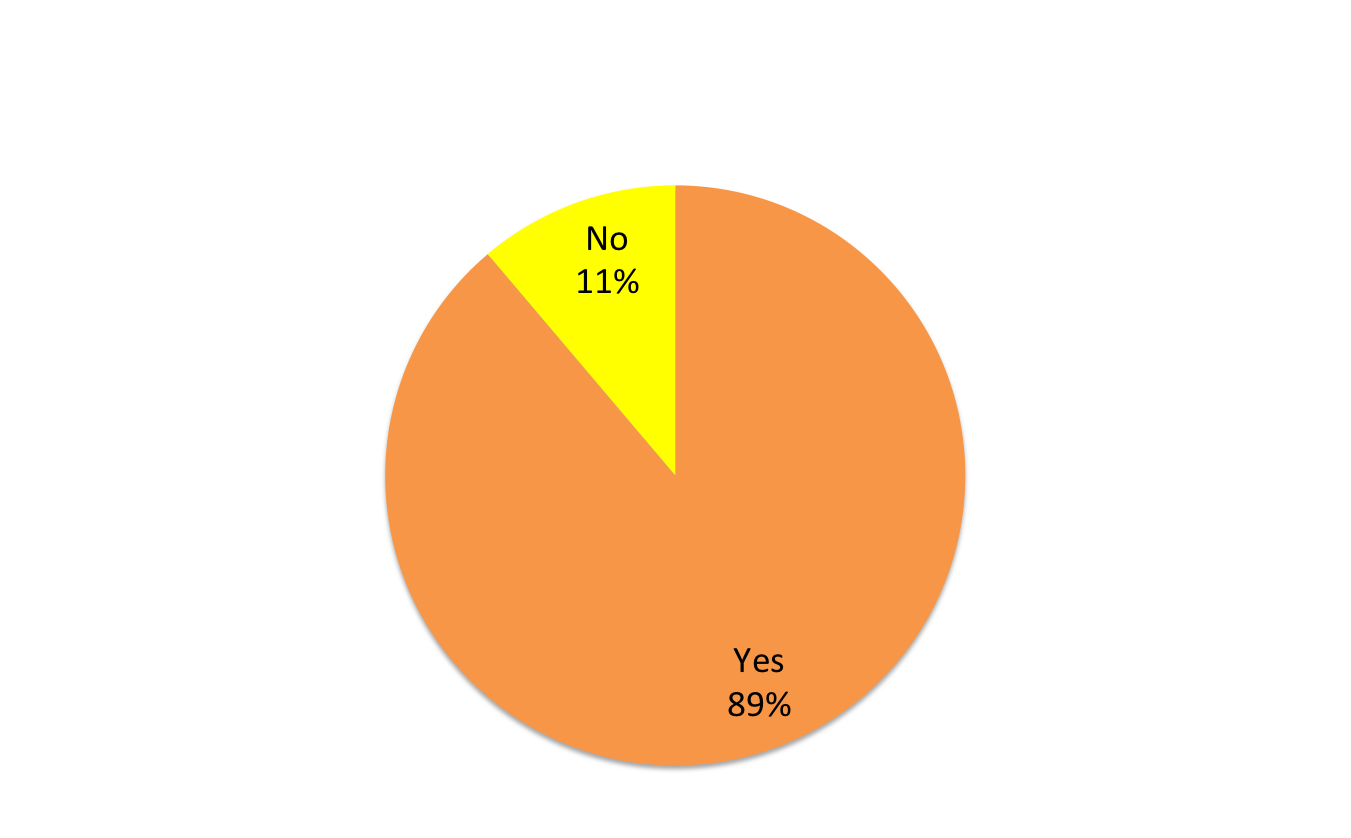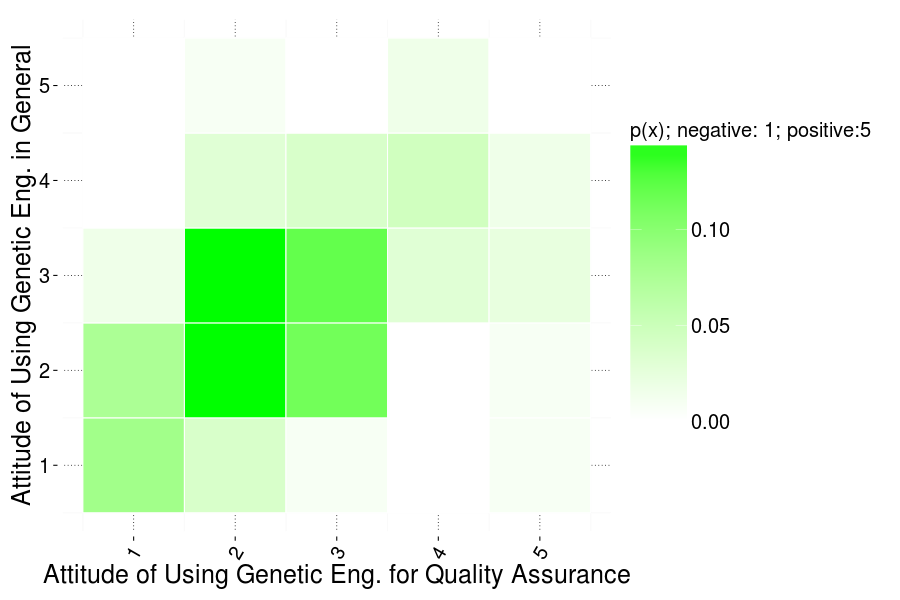Team:TU Darmstadt/humanpractice/Results
From 2013.igem.org
Results
First of all some general information about the 201 people who participated the questionnaire. 68% of the participants are male and 38% are female and they are between the age of 15 and 65 years. Almost the half of the people (45%) were interviewed personal and the other 55% filled in the questionnaire online. At least one fourth of the people who participated are graduated scientists.
The attitude of all participants towards genetic engineering in general is differing a lot. People who are looking at this field in a negative and refusing way participated as well as people having a positive and open point of few. It was an open question in which the participants had the possibility to state their point of view without being forced to chose between set answers. Most of the people having a negative attitude reasoned it with ethical problems and the fear of uncontrollable consequences. A wide range of people position themselves as natural and most of them because of a lack of knowledge. Others see genetic engineering positively and trust in possible resulting progress. Voices were being raised for further support e.g. of the state to enable further research in this field.
Very interesting result we obtained with a question in which the participants should scale their attitude between strong approval and strong rejection towards genetic engineering in different fields like: drug design, food production, luxury goods (e.g. cosmetics) and fundamental research. As shown in the following figure you can see genetic engineering reveals a strong approval in the fields of fundamental research and drug design. In comparison, more people reject it in the fields of food production and luxury goods.
The following circle diagram reveals onto what the participants place value on when they are selecting food. Origin, quality and price are the three points which are by far the most important ones for the customers interviewed.
As shown in the following figure you can see genetic engineering reveals a strong approval in the fields of fundamental research and drug design. In comparison, more people reject it in the fields of food production and luxury goods.
The following circle diagram reveals onto what the participants place value on when they are selecting food. Origin, quality and price are the three points which are by far the most important ones for the customers interviewed.
 Fazit
All in all it can be summarized that it is useful to address people in two different ways and we would recommend this technique for anyone who wants to select a lot of opinions without having the aim to focus onto one target group. The combination to ask people on the one hand personal and on the other hand anonymous enabled us to select a lot of opinions differing strongly.
Lorem ipsum dolor sit amet, consetetur sadipscing elitr, sed diam nonumy eirmod tempor invidunt ut labore et dolore magna aliquyam erat, sed diam voluptua. At vero eos et accusam et justo duo dolores et ea rebum. Stet clita kasd gubergren, no sea takimata sanctus est Lorem ipsum dolor sit amet.
Fazit
All in all it can be summarized that it is useful to address people in two different ways and we would recommend this technique for anyone who wants to select a lot of opinions without having the aim to focus onto one target group. The combination to ask people on the one hand personal and on the other hand anonymous enabled us to select a lot of opinions differing strongly.
Lorem ipsum dolor sit amet, consetetur sadipscing elitr, sed diam nonumy eirmod tempor invidunt ut labore et dolore magna aliquyam erat, sed diam voluptua. At vero eos et accusam et justo duo dolores et ea rebum. Stet clita kasd gubergren, no sea takimata sanctus est Lorem ipsum dolor sit amet.

 "
"